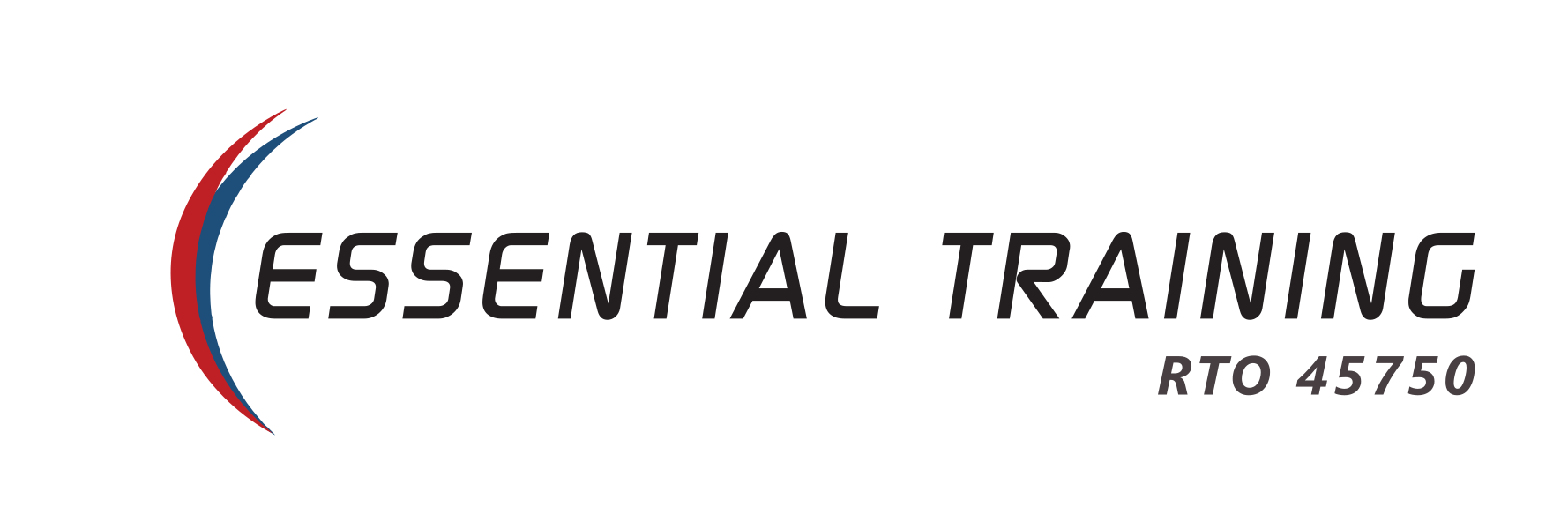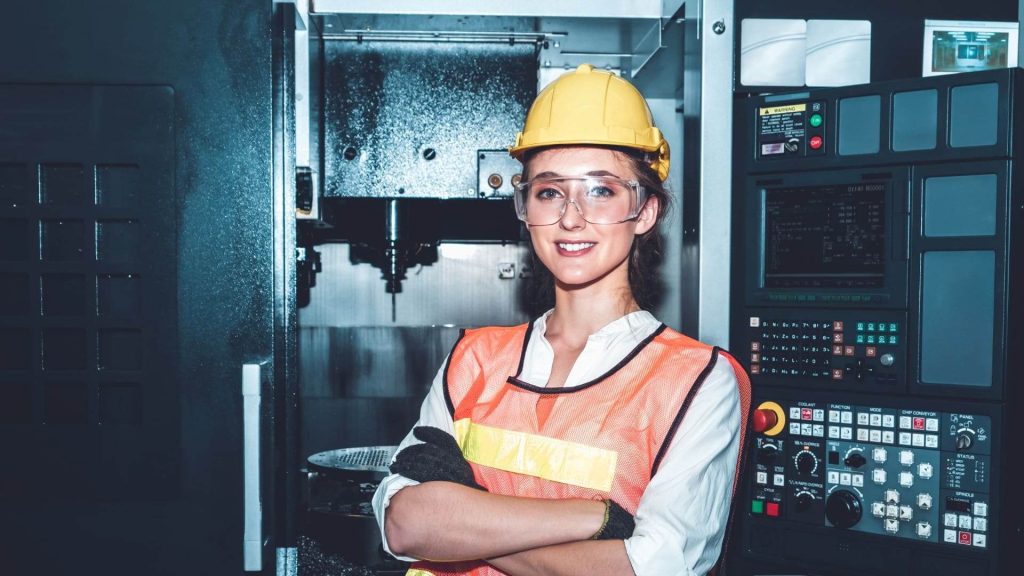How would you describe your workplace safety culture? Is there room for improvement? Implementing the requirements from the WHS Act and Regulations can be daunting for any organisation, especially those aiming for best practice.
Is your workplace aware of the benefits of Health and Safety Representative (HSR) training for your employees? In this blog post, we delve into an interview with Mr Michael Timpson – Director, Au Skills, with a keen passion for all things Work Health and Safety related. We explore the significant advantages of HSR courses for both employers and employees, and how they can lead to a more secure and productive work environment.
This interview unpacks common misconceptions about HSRs and highlights real-world examples of their positive impact. We’ll also explore valuable resources available to HSRs and get insights into the future of workplace safety.
Whether you’re an employer looking to invest in your workforce, or an employee interested in boosting safety at your company, this post offers valuable insights. Read on to discover more on how HSR training can empower employees, improve safety protocols, and create a win-win situation for everyone.

Mr Michael Timpson, Director – Au Skills. He is well known in the industry for passionately promoting safety in the workplace.
Let’s talk about the benefits of HSR training for employees.
1. Could you list 5 benefits of doing a HSR course from the employee point of view?
- Empowerment: Feel more empowered and confident in voicing safety concerns.
- Safety Skills: Gain valuable skills in identifying and addressing workplace hazards.
- Awareness: Increased awareness of workplace health and safety rights and responsibilities.
- Engagement: Greater engagement with various stakeholders in creating a safer workplace environment.
- Support Network: Access to a support network of fellow HSRs and safety professionals.
2. Based on your knowledge, what is your opinion of the (WHS Commission approved) HSR training?
It’s a game-changer for workplace safety. It not only equips representatives with vital knowledge about safety laws and hazard management that applies to various workplaces and industries, but also empowers them to advocate for their colleagues effectively based on their understanding of the rights and responsibilities within their workplace.
3. From the employer’s point of view, why invest in HSR training for their employees?
It leads to a safer and more productive workplace, stemming from fewer accidents, less downtime, and a happier, healthier workforce. It’s not just about compliance; it’s about creating a culture of safety and care for others.
4. Do you remember any situation where having a HSR made a difference for a business you worked in or know of?
I’ve seen situations where HSRs have identified unnoticed hazards, leading to changes that prevented potential accidents. Their proactive approach has made workplaces not just safer but also more productive, as employees feel listened to, valued and supported.
5. Are there any common misconceptions about the role of an HSR that you’d like to dispel?
Some think HSRs are just there to point fingers or slow down work with safety concerns, but they’re key players in ensuring everyone’s safety, working with employers to solve problems, not create them. It is a valuable tool for any organisation to have this vital communication link between their employees and their management teams regarding overall workplace safety.
6. How does having an HSR benefit employees who aren’t directly involved in the role?
Even if you’re not a HSR, you still benefit from a safer workplace, knowing there’s someone advocating for your health and safety, and a go-to person for when you have safety concerns. In 2022 the Regulations and Acts in WA were updated with some substantial updates that impact every business/organisation, so this is a great way to get a handle on those changes and ensuring someone is tasked with implementing important safety procedures in the workplace.
7. What are the potential consequences of not investing in HSR training for your employees?
Skipping on HSR training can be very costly. It can lead to increased accidents, higher insurance premiums, legal troubles (non-compliances/duty of care etc.), and a disengaged workforce. Additionally, if your organisation has elected a Health and Safety Rep, it doesn’t stop there, they must complete the recommended, industry-recognised HSR course within 3 months of being elected, to ensure that they are equipped with the knowledge and skills to complete their role successfully.
8. Can you share an example where an HSR helped your business (past or present) identify and address a safety concern?
In a past role, a HSR raised an ergonomic issue, that was raised through some informal discussions with staff. Once this was noticed, it could be addressed, however if the HSR wasn’t aware of what to listen to with staff in the office, it could have easily been ignored and a larger issue could have happened further down the line causing harm, injury and/or worker’s compensation claims.
9. What are the key benefits you’ve seen from having HSRs in your workplace?
- Improved Safety Culture: HSRs foster a proactive safety culture.
- Reduced Incidents: There’s a noticeable reduction in workplace accidents.
- Enhanced Communication: Better communication channels between staff and management regarding safety.
- Compliance: Helps ensure compliance with governing safety laws and regulations.
10. What advice would you give to other employers considering HSR training for their employees?
Don’t view HSR training as just another expense or legal requirement. See it as an investment in your people and your business’s future. The benefits far outweigh the cost, from fostering a positive safety culture, to reducing accidents and improving employee morale.
HSR’s in action:
1. How can HSRs work effectively with management to improve safety procedures?
It’s all about communication and collaboration. HSRs can bridge the gap by bringing concerns from the coalface to the conference room. Regular safety meetings, joint inspections, and working on solutions together can turn “us vs. them” into “we.” Showing how safety improvements can boost productivity and morale makes it a win-win.
2. What resources are available to HSRs to help them perform their duties effectively?
There’s a toolbox of resources available to everyone, not just HSRs. From the DMIRS website loaded with guidelines and case studies to safety training courses offering the latest in hazard management. Plus, networking with fellow HSRs through LinkedIn, forums or social media groups can be golden for sharing tips and tricks.
3. What are the future trends you see in workplace safety and the role of HSRs?
With the advances in technology, from new machinery and automated systems, we will see an increase in safety protocols, but also new challenges and risks to be aware of. Strong knowledge of Workplace Health and Safety will help organisations bringing these advances to life in their workplace safely.
Conclusion: A Safe Workplace Starts with HSR Training
Michael Timpson’s interview paints a clear picture: HSR training is a crucial investment in a safer, more productive workplace. Empowered employees, improved communication, and a culture of safety are just some of the benefits to note.
Ready to take the next step? We’re proud to partner with the Chamber of Commerce and Industry Western Australia (CCIWA) to offer a comprehensive HSR course designed to equip your employees with the knowledge and skills they need to thrive in this role. Our CCIWA-endorsed HSR training provides in-depth training on the WHS Act and Regulations as well as practical skills for the workplace such as hazard identification, risk management, and effective communication with management.
Invest in your people, invest in your safety.
Contact us today to learn more about our HSR course and how it can benefit your business.
By prioritising HSR training, you’re not just complying with regulations, you’re creating a workplace where everyone feels valued and safe. Remember, a safer workplace is a happier and more productive one.











